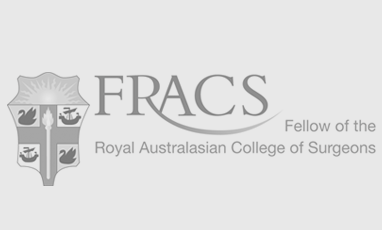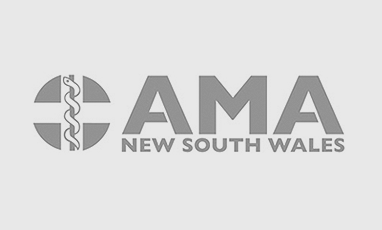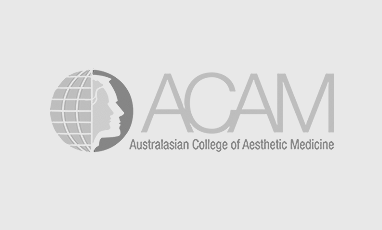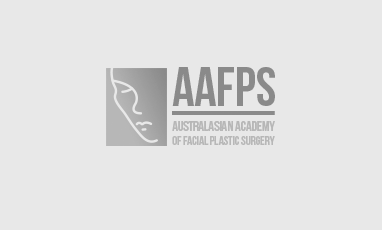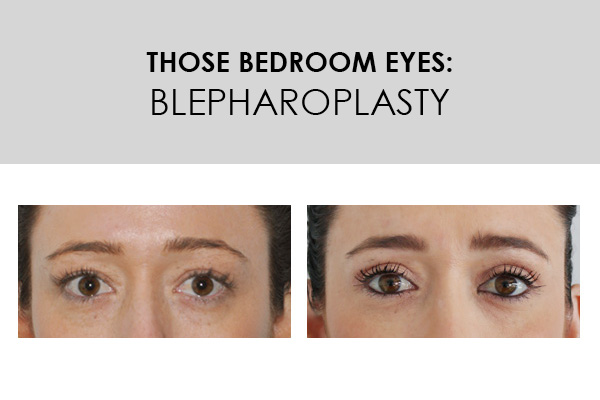
Those Bedroom Eyes – Blepharoplasty
Wednesday, February 22, 2017
‘Blepharoplasty’ does sound like a bit of a mouthful, however this safe and simple eyelid surgery can produce excellent results for adults of all ages. Patients often undergo blepharoplasty surgery to restore their youthful appearance by creating a more ‘awake’ look which enhances the appearance of the entire face and increase self confidence. Cosmetically, the procedure can improve the appearance of the upper eyelids, lower eyelids, or both. However, as a functional procedure it can also improve sight that has become obstructed by sagging ‘hooded’ eyelids which obscure the vision.
Often causing what patient’s describe as a ‘permanently tired’ look, excess skin that drapes over the eyelids or eyelashes is often due to skin laxity with ageing which can begin to occur as early as our twenties. A number of extrinsic or ‘lifestyle’ factors can also contribute to a loss of elasticity. These factors include smoking, sun exposure, and poor nutrition. For some patients, genetics may simply be the cause of skin laxity around the eyes. A look at older family members can uncover whether there may be a genetic link. Most commonly, the surgery is performed on patients over the age of 35, however when genetics are involved patients are typically younger and have usually been considering the surgery for some time.
The fat pads surrounding the eye can also bulge and become apparent, either from ageing or genetics. With age, the membrane that secures the fat pads weakens allowing fat to protrude causing ‘eye bags’. Lower blepharoplasty can also amend sagging of the lower eyelid which causes the white of the eye below the iris to show.

There are a number of factors that Dr Mooney takes into consideration when determining whether an individual is suitable for blepharoplasty surgery. These factors include: ethnicity, surgical and medical history, the quality of the patient’s skin, the condition of the eye, and eye socket shape. ‘In rare cases where the brow is very close to the upper eyelid, blepharoplasty may not give the desired result and the patient may not benefit from the surgery’, explains Dr Mooney. It is also important to know that blepharoplasty is not able to remove crows feet lines around the eye or dark circles below the eyes. These indications can however be effectively treated in most instances at Dr Mooney’s Face Plus Medispa with laser genesis, muscle relaxants, filler, or platelet rich plasma.
Prior to the procedure Dr Mooney measures and marks the eyelids meticulously and injects a localised anaesthetic to assist with post-operative pain relief. The exact procedure undertaken differs according to the specific needs of the patient. Generally though, to treat sagging of the upper eyelid Dr Mooney will make an incision (cut) in the fold of the lid and remove excess skin and sometimes fat, as necessary. If performing a lower blepharoplasty Dr Mooney will tighten underlying tissue such as muscle with stitches as required. The incisions will then be closed with stitches. As incisions are hidden within natural skin folds and creases of the eyelid, scarring is all but invisible, making the procedure very popular amongst celebrities as the ‘tell-tale’ signs of surgery are not visible. The results from blepharoplasty surgery should last several years as normal skin ageing will of course continue after the surgery.
Recovery for blepharoplasty is generally not difficult, bruising is common, but moderate to strong pain is rare with mild pain the norm. Most patients will have their stitches removed between 7 and 10 days and will usually return to work around the same time.
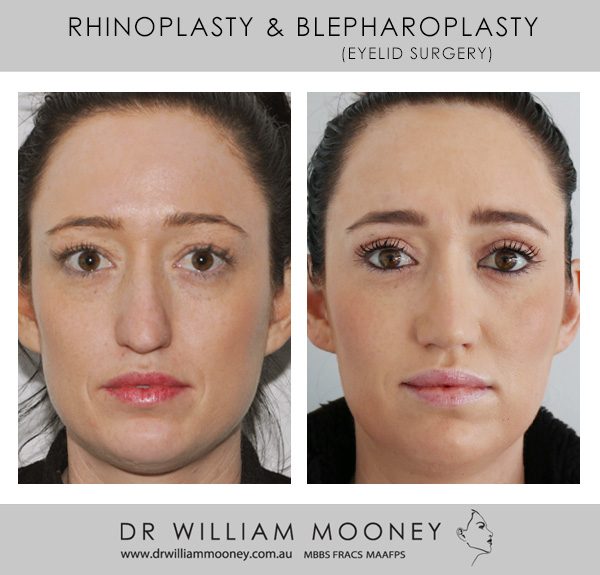
When blepharoplasty is performed for medical reasons such as vision impairment, Dr Mooney can advise whether the procedure qualifies the patient for Medicare rebates based on the severity of the condition. Private health insurers can also advise whether they are able to cover some costs.
If you are considering this type of surgery then please contact us for a full consultation with Dr Mooney to discuss your individual
needs and assess whether eyelid surgery is the right option for you.
Email: [email protected]
Phone: (02) 8897 00797
